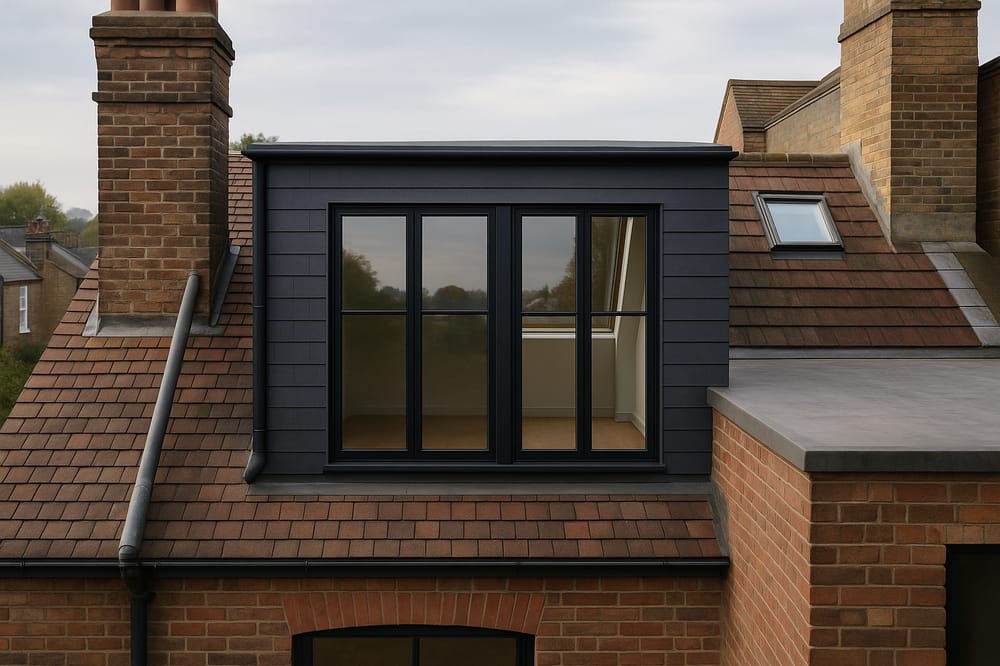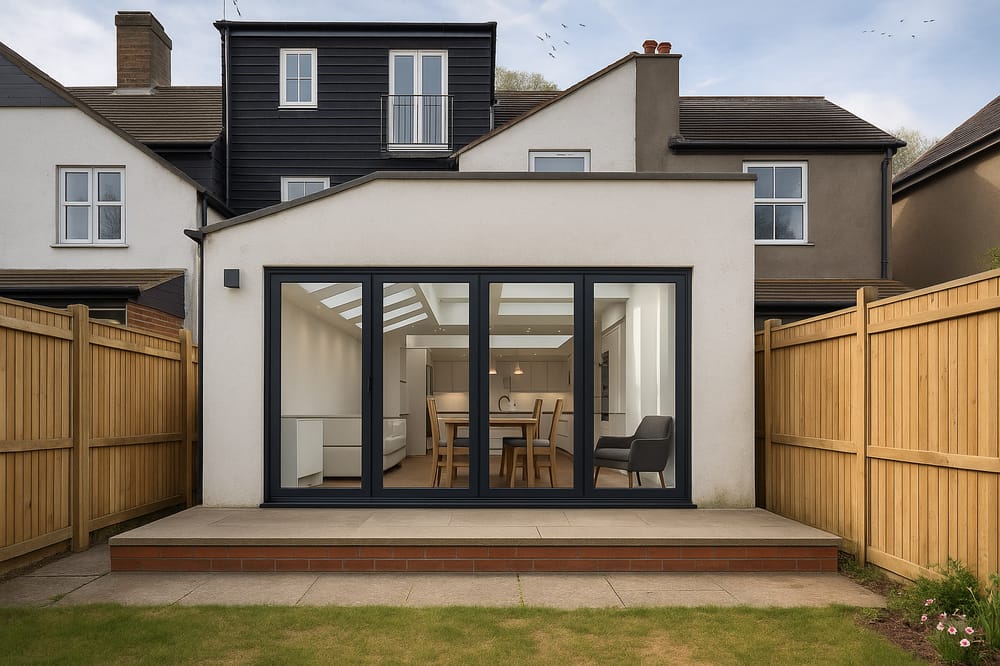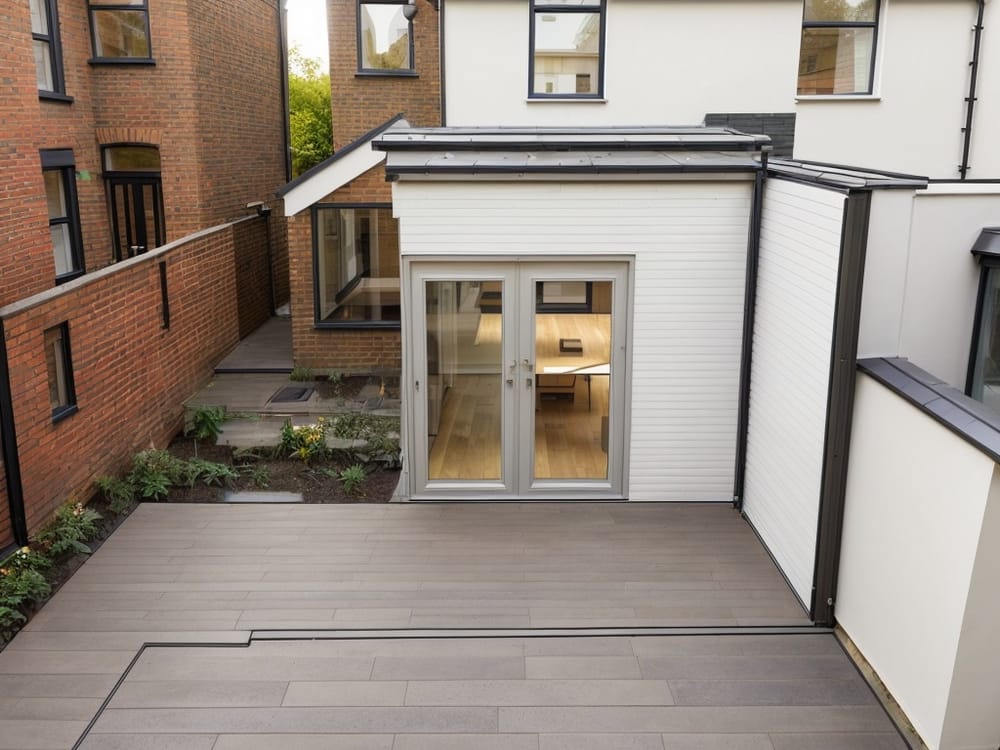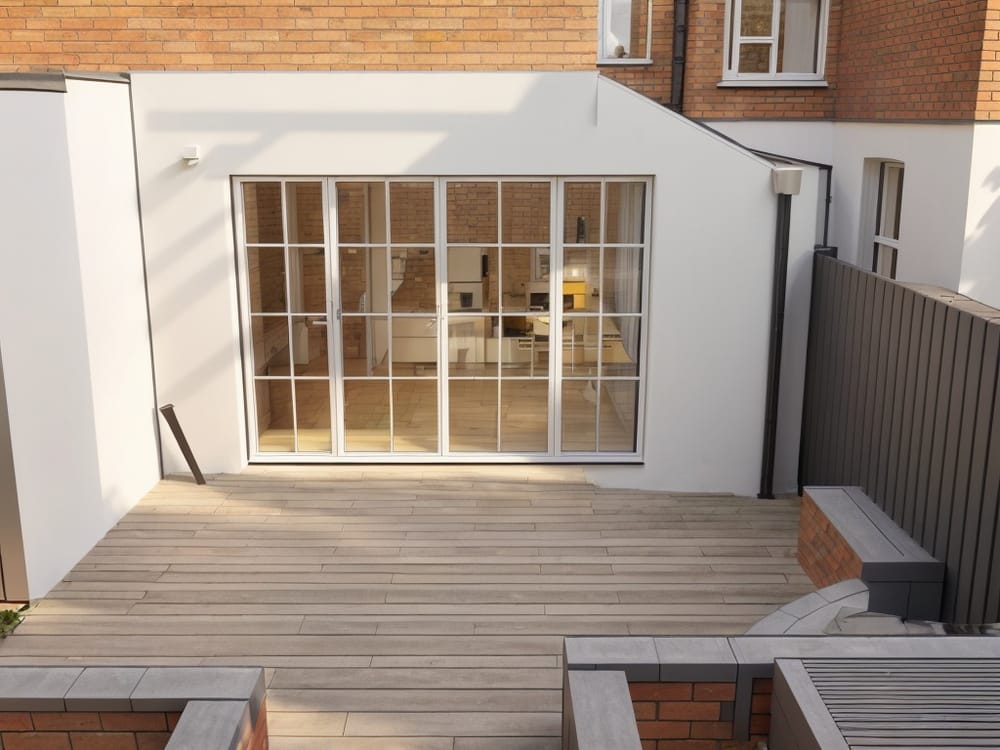Think a garden is nothing more than a place to lounge in during summer? Think again!
UK gardens have the potential to be wildlife saviours, yet so few homeowners think about our nature pals when it comes to designing their outside space. With UK wildlife suffering from the effects of urbanisation and climate change, there’s never been a better time to lend a helping hand.
If you want to become the Dr Dolittle of horticulture, here’s our guide for creating a garden that’s wildlife-friendly all year round…
Be a good (insect) host
Bugs have gotten a pretty bad rep but they’re a vital part of the eco-system and they’re in a lot of trouble at the moment.
To help out the creepy crawlies of your garden, set up a little bug hotel. These can either be bought or you can create your own. Bugs aren't picky, they’ll be very happy with a left out crate, a pile of logs, or stacks of pots. You essentially want to create somewhere dark, damp and with plenty of nooks and crannies.
There are also specific critters you can help, such as bees. You can buy a bee specific hotel, which will help shelter and provide a nest for, solitary bees looking to lay their eggs in spring and summer.
Consider adding in a pond
One of the best things you can do for local wildlife is to create a pond. This sounds like a big commitment but it doesn’t have to be. Ponds can be as big or as small as you like. You could even sink a washing up bowl into the ground. Just make sure you create exits and entrances with stones and logs - your critters will love it!
Compost, compost, compost
It’s two for the price of one when it comes to the environmental benefits of composting. Not only will you create fertiliser for your plants and reduce your food waste, you’ll also create a nice home for wildlife. Insects love hiding in compost, especially worms. You might even find the odd grass snake in there - don’t worry, they’re not poisonous!
Feed the birds, home the birds
There’s plenty of ways you can help your local bird population. Installing a bird box is a natural first step but make sure you’re checking up on it at least every season for damage, and give is a good clean during the winter when our feathered friends are away.
On top of this, homeowners with a north / east-facing wall that has protection from both wind and rain can go one step further by creating a special home for migrating swifts. We’ve lost over half of these birds in the last 20 years, so it’s vital we help them recover. Adding a swift box to your wall is one of the best ways you can help.
Naturally, with all these birds about, it’s a good idea to keep them fed and watered. Insect numbers are dwindling year on year, so birds need a little boost to their food supply. Consider adding feeders, especially during the winter months, plus a place for them to drink. Either a pond (see above) or a birdbath - just make sure you keep it ice-free during the winter.
Think seasonally, especially when it comes to the flowerbed
Wildlife loves flowers, so make sure you’re keeping yours blooming all year round.
Wildflower seeds can provide lots of variety for your local insects, while shrubs, bramble, and climbers can also provide both food and shelter for all manner of critters. Consider adding the following plants to your garden…
- Crab apple trees, retains fruit well into winter
- Christmas box (Sarcococca)
- Daphne
- Winter-flowering honeysuckles
- Alder buckthorn
- Hawthorn
- Blackberry bushes
- Lavender
- Catmint
- Snapdragon
- Nicotiana ‘Lime Green’
- Sulphurea
- Ivy
- Daisies
- Russian sage
- Sedum
- Achillea
To name just a few of the plants you could play around with. For more ideas, see the Bee kind online tool.
Tidy isn’t always best
We Britons have a habit of liking things neat and tidy. However, applying this kind of housekeeping to your garden can be quite damaging to your local wildlife.
By cutting the grass or cutting back the hedges, you risk destroying both nutrition and shelter for your garden friends. For instance, cutting back hedges in summer can disturb nesting birds, while mowing your lawn can remove vital pollen stops for bees.
We recommend you let white clover grow in your lawn and instead only mow in pathways, rather than the whole thing. And in winter and autumn, resist clearing away old seedheads and dead stems, these can be used as food during the leaner months for birds, plus as homes for insects.
On the highway to hedgehogs
Who doesn’t love a hedgehog? And fun fact about hedgehogs is that they’re always on the move, so you never know when one might pop into your garden.
However, to help them on their way, you might want to discuss with your neighbour about creating a hedgehog highway. This won’t be a major project, just simply add a gap to the bottom of your fence so they can easily pass through. The more neighbours you can get on board, the better.
And don’t forget, if you plan on holding your own bonfire in autumn, make sure you check underneath the logs before you start burning. Hedgehogs love to get cosy in sticks and leaves, making them a common casualty to our bonfire fun.
Always plan ahead
Of course, all this garden work will require some forward planning, especially on the planting front. Make sure at the start of each season you’re asking yourself what seeds need to be sown, what areas need a little TLC, and what wildlife you can expect to be paying a visit.
If you’re planning on extending your home, work with your architect to plan for some wildlife-friendly features. Perhaps a green roof or a home for swifts in the bricks.
For more ideas of making a more eco-friendly home, book a call in with our team. We provide free expert advice to all homeowners, allowing you to both unlock your home’s potential and that of your garden. Book yours here.

























